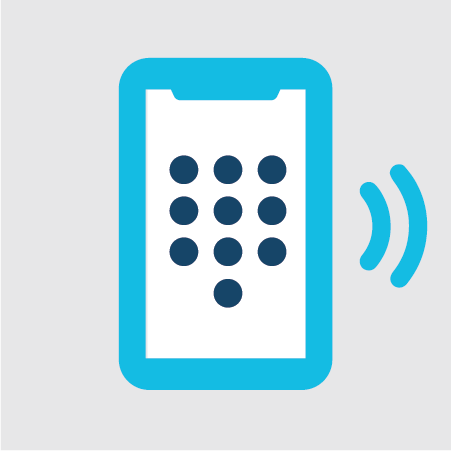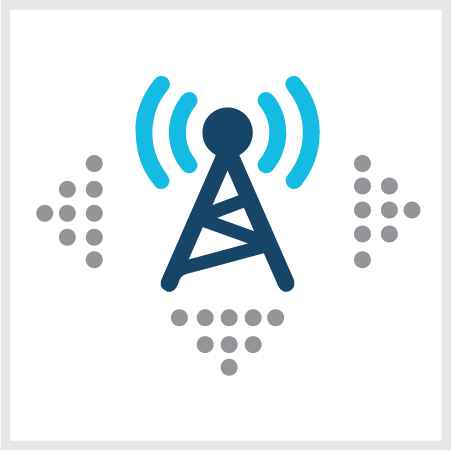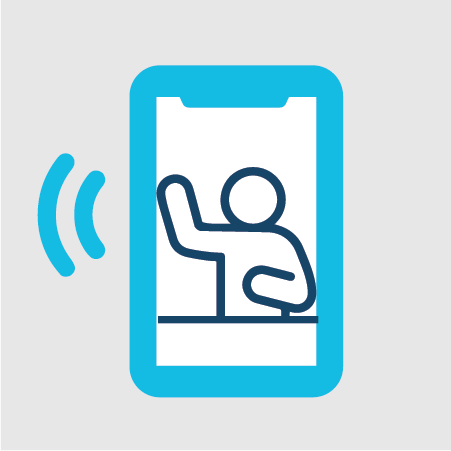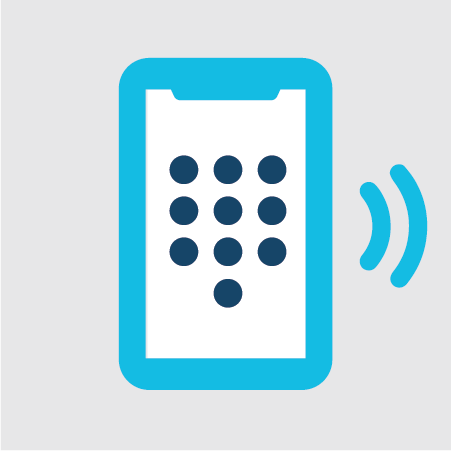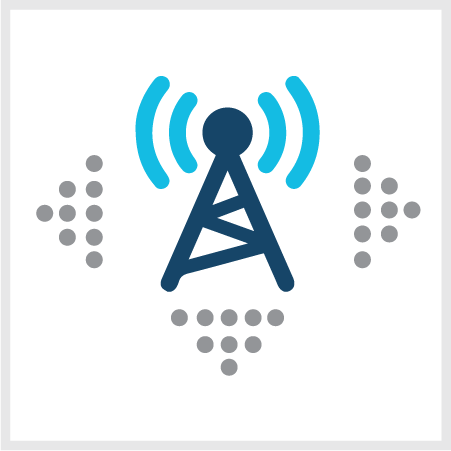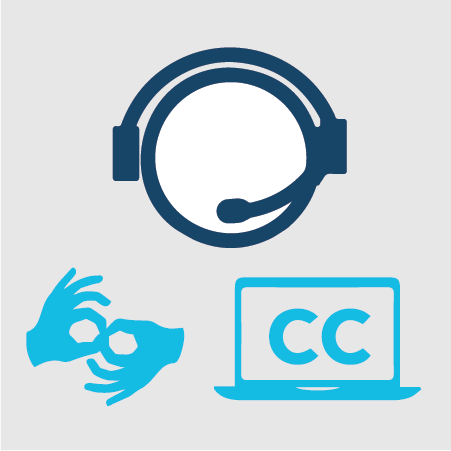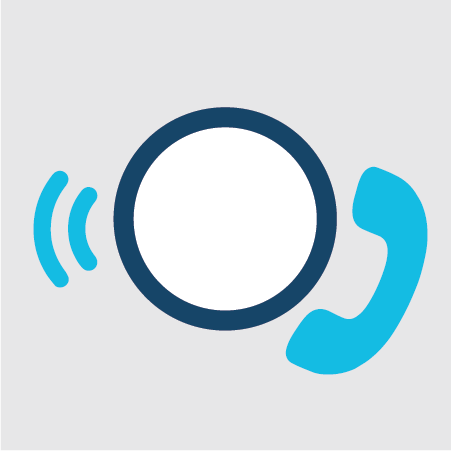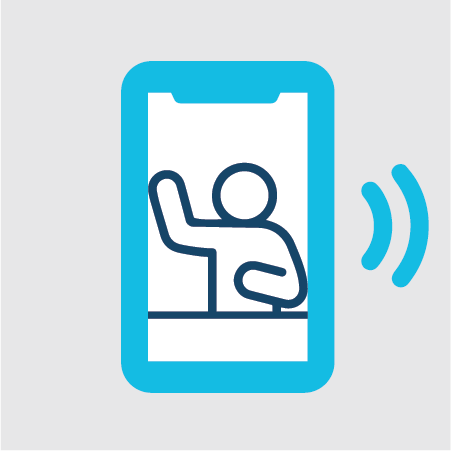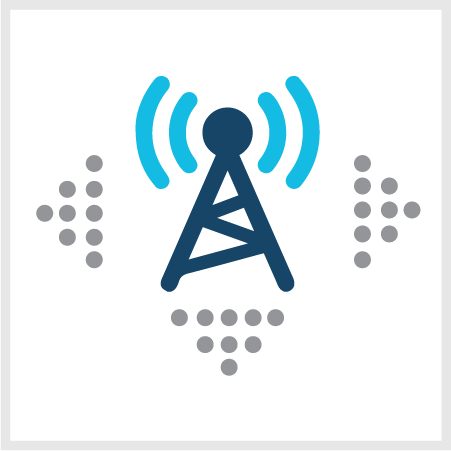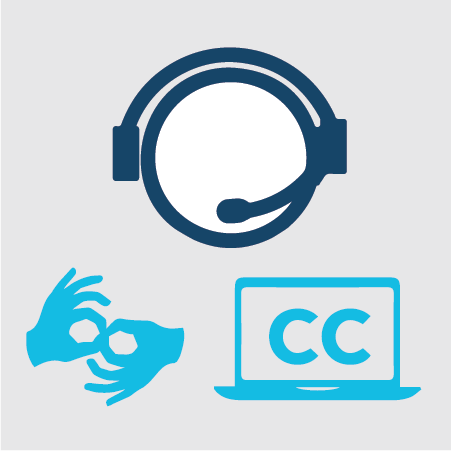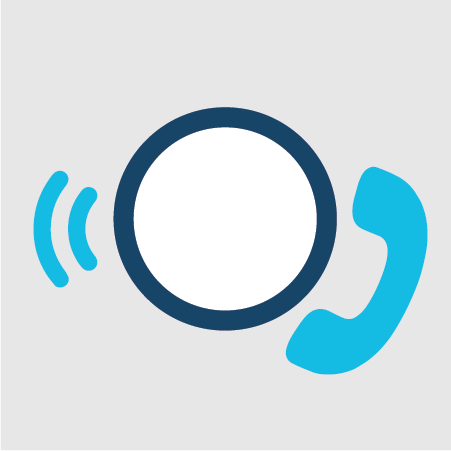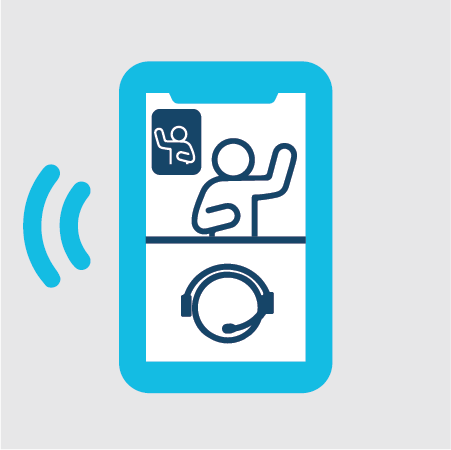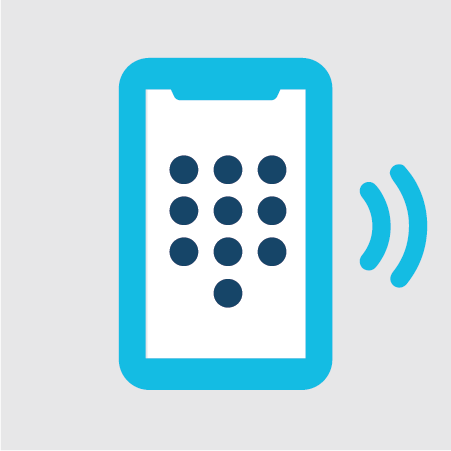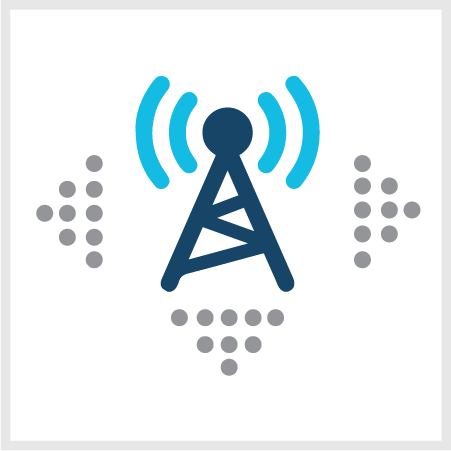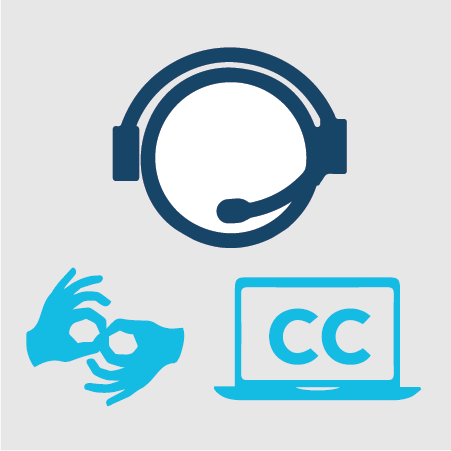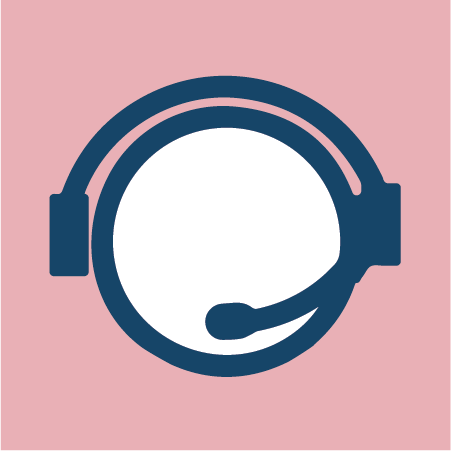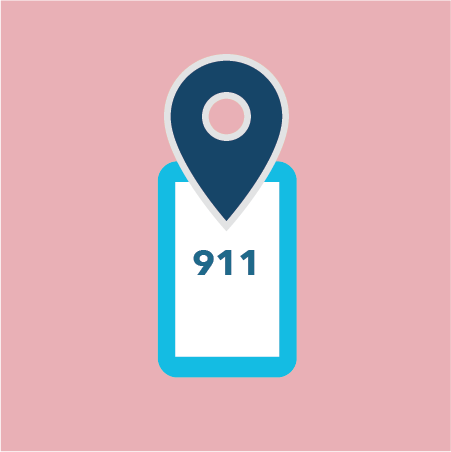Your cellular device
Each cellular device is designed with an Operating System (OS) like Google’s Android or Apple’s iOS that provides users with a calling experience. The OS in your smartphone, for example, enables you to perform basic functions such as initiate calls using the dialpad or store personal contacts for caller identification and one-touch dialing.
Before Deaf people can make calls, additional phone numbers for each Telecommunications Relay Service (TRS) provider are assigned, special apps are downloaded to access calls, a separate contact directory is maintained, and third party video/voice mail services are used.
With IRIS, none of that extra work is necessary because IRIS is already integrated with all those functions in your smartphone OS, off the shelf. You select your preferred TRS provider pre-loaded in the device's accessibility settings and you’re ready to make calls. Same number, no downloads, zero hassle.
The IRIS vision is aligned with the technologies that allows for interoperable video calling (an example is to have Apple's FaceTime connect with Google's Duo video call).

